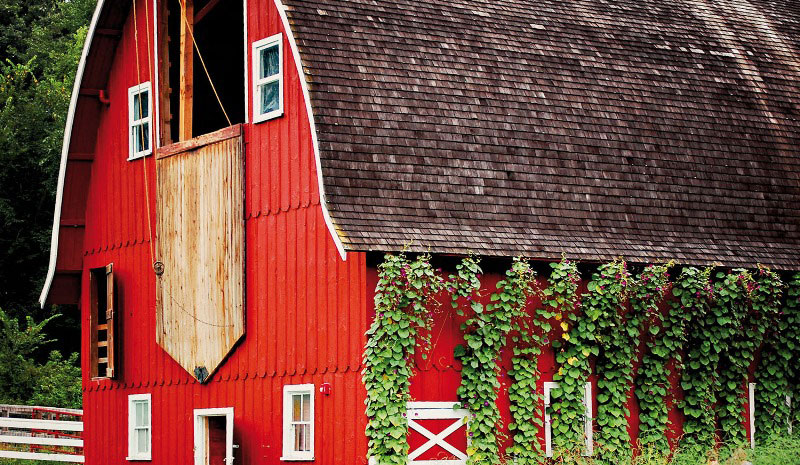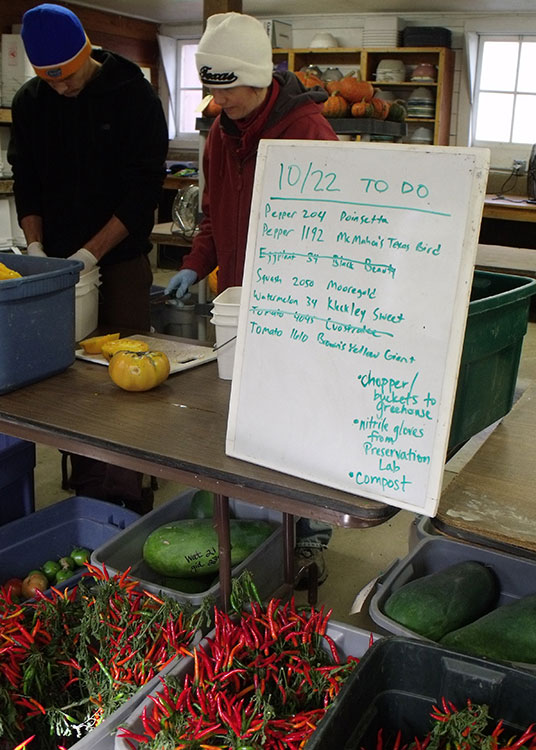The Preservation Department at Seed Savers Exchange works hard to maintain the rare collection of heirloom varieties we've acquired from farmers and gardeners over the past few decades. In order to keep this collection alive and well, our staff carefully plans and implements grow-outs to evaluate the varieties and regenerate seed stock. As part of this evaluation process, staff take meticulous notes about the characteristics of each variety when grown out. These photos document the evaluation process of a few carrot varieties (Daucus carota) after harvest, although evaluations of each variety really begin with the seed before it is planted.
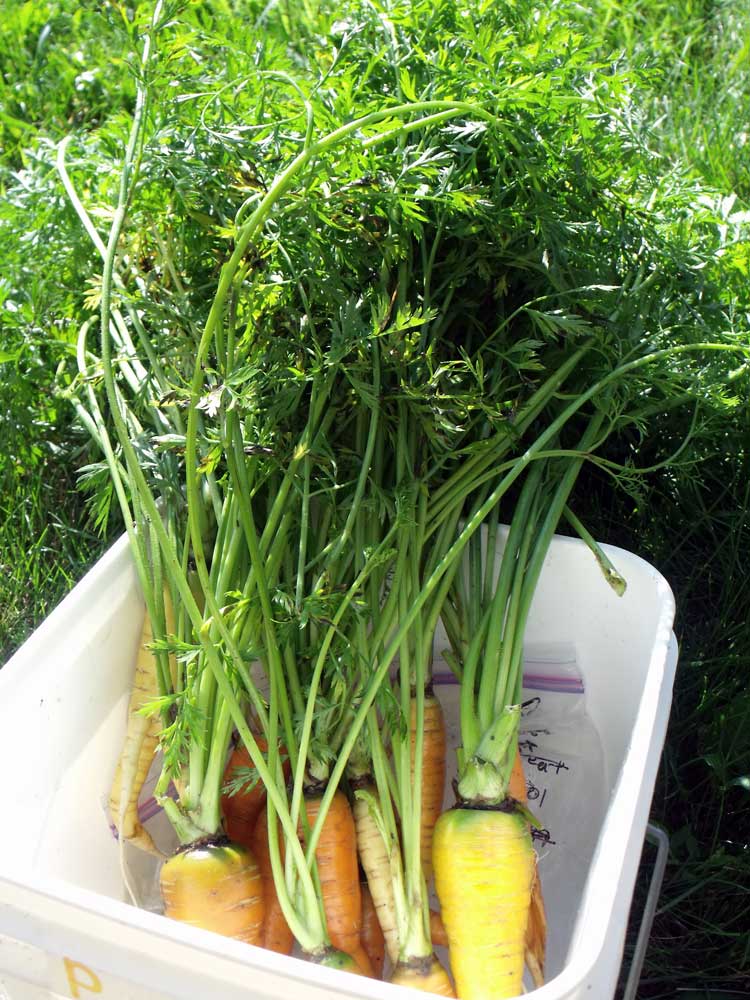
Freshly harvested and cleaned carrots.
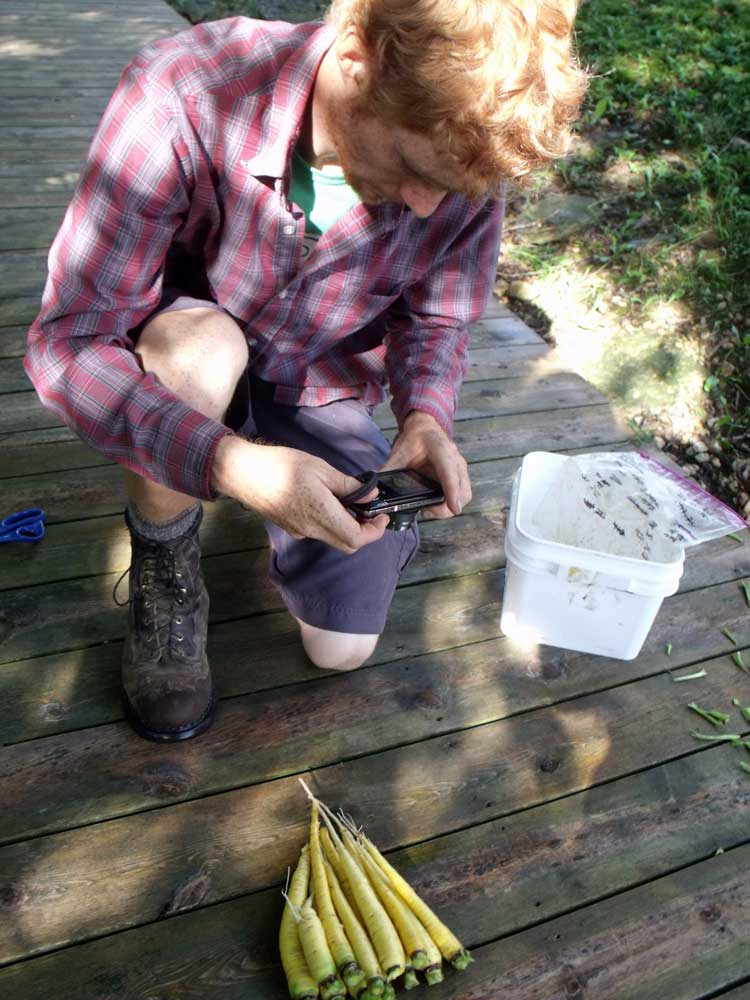
Horticultural Technician Steffen Mirsky takes portrait photos of the harvested varieties.
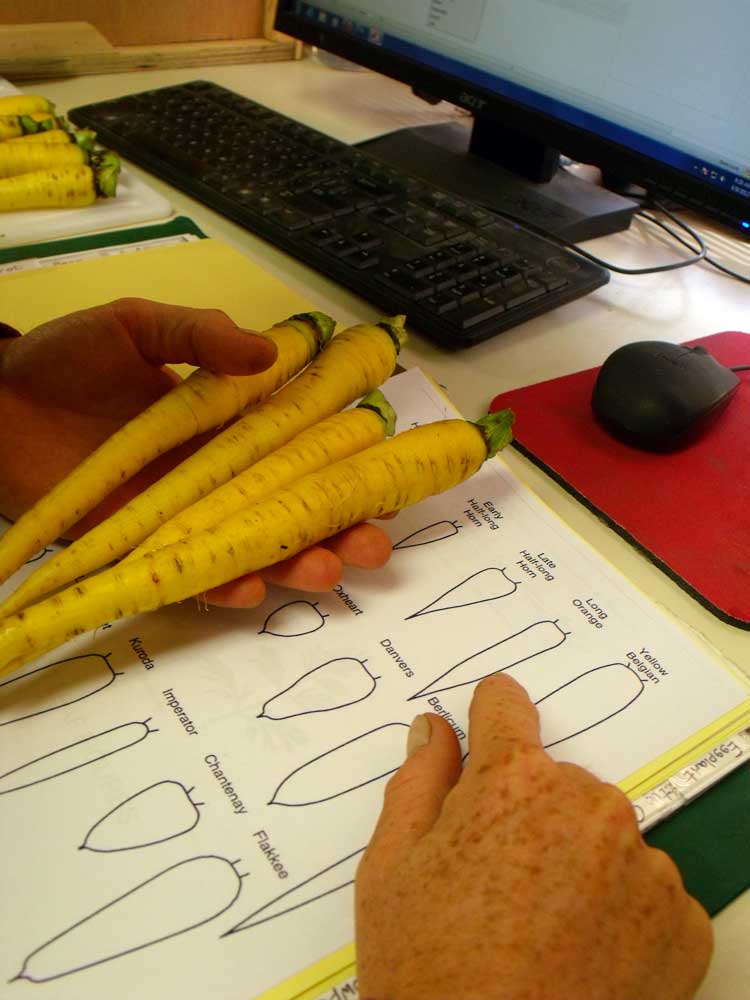
Detailed information is entered into a database for each variety on such characteristics as color, shape, length, and weight, as well as other criteria.

Varieties are then scanned and archived with the collected data.
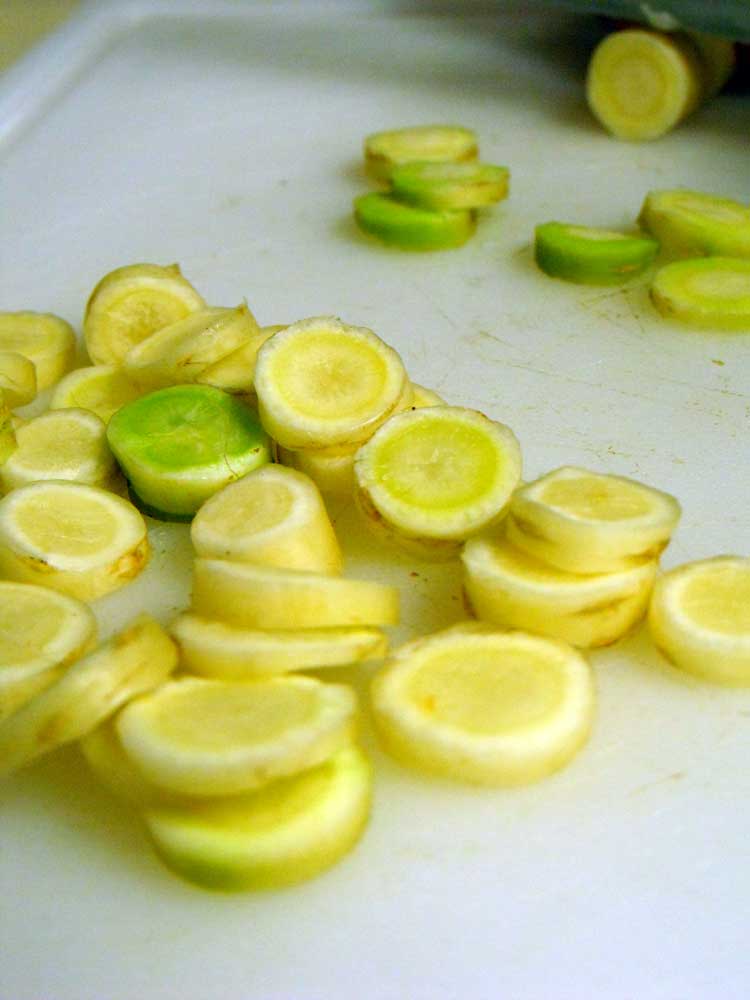
The carrots are sliced to analyze interior characteristics and for raw taste-testing (picture: 'Jaune de Doubs').
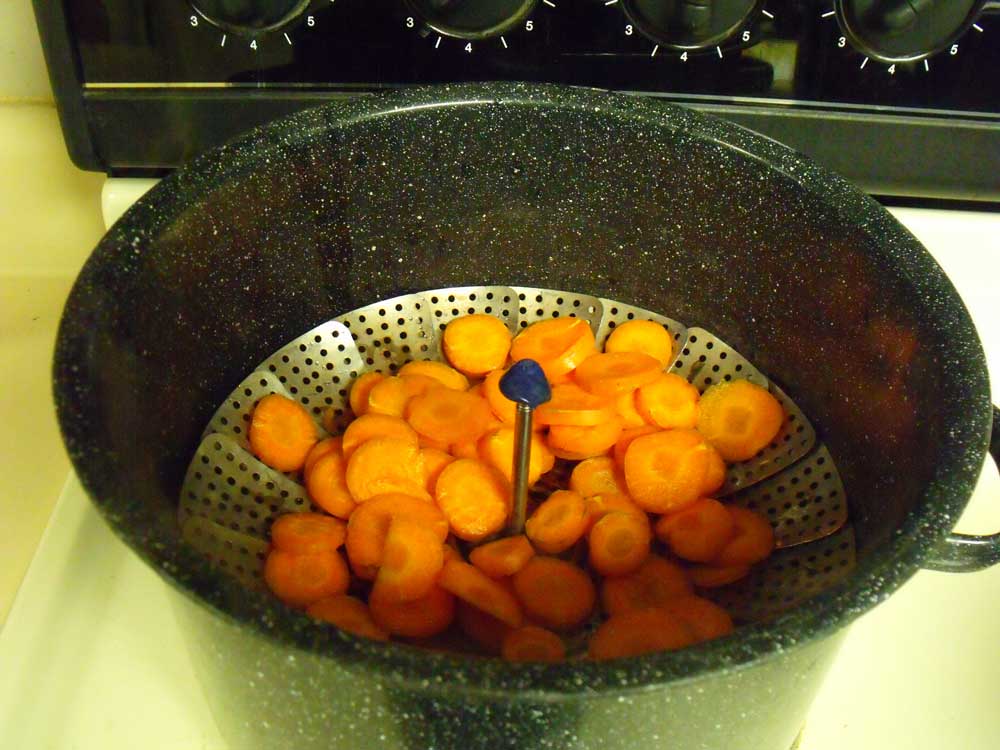
The carrots are steamed until tender. The steamed carrots are tasted and evaluated for culinary use.
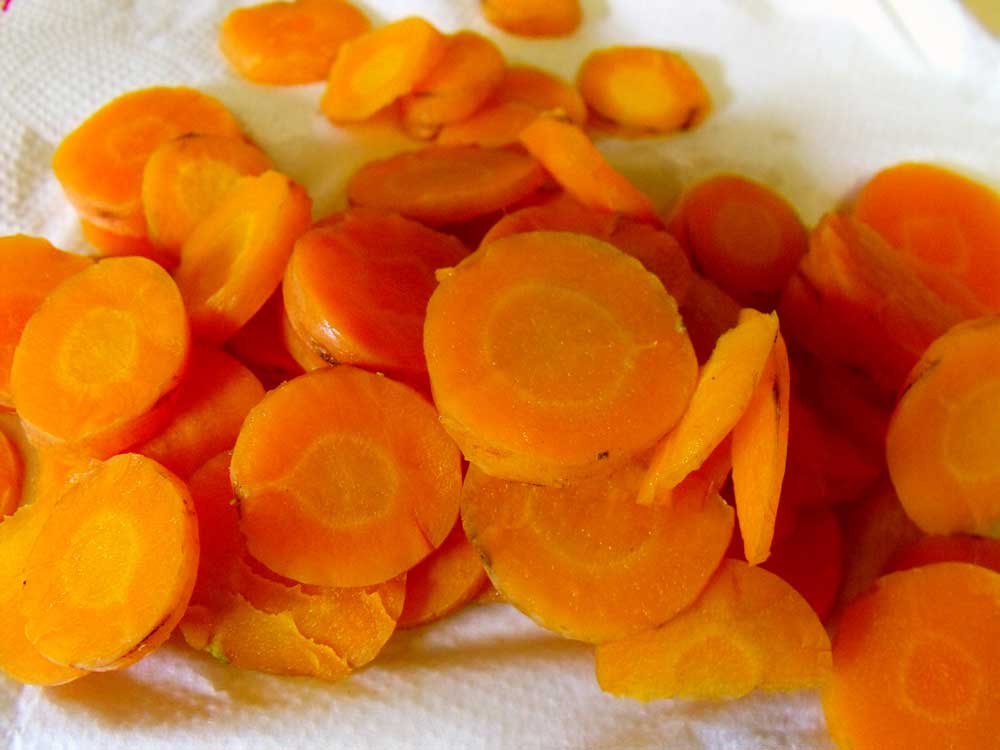
Summary descriptions of each variety are written for the SSE Yearbook, with the hope that these descriptions will encourage gardeners to take the seeds from our collection and put them in their gardens and on their dinner tables (pictured: 'Amstel').
Please consider becoming a member of Seed Savers Exchange to support these preservation and evaluation efforts. Along with many other benefits, SSE members are able to access thousands of rare and unique heirloom seeds offered by other members in our annual Yearbook. Seed Savers Exchange also offers seeds from our vast collection in the Yearbook, allowing members much more diversity to choose from than what's available in the commercial catalog. In 2013, Seed Savers Exchange is offering 2,431 different varieties in the Yearbook for members to request. Join us today to help conserve and promote America's culturally diverse but endangered garden and food crop heritage.

Located six miles north of Decorah, IA, Seed Savers Exchange is a non-profit membership organization dedicated to the preservation and distribution of heirloom seeds. Seed Savers maintains a collection of thousands of open pollinated varieties, making it one of the largest non-governmental seed banks in the United States. For more information, go to seedsavers.org











